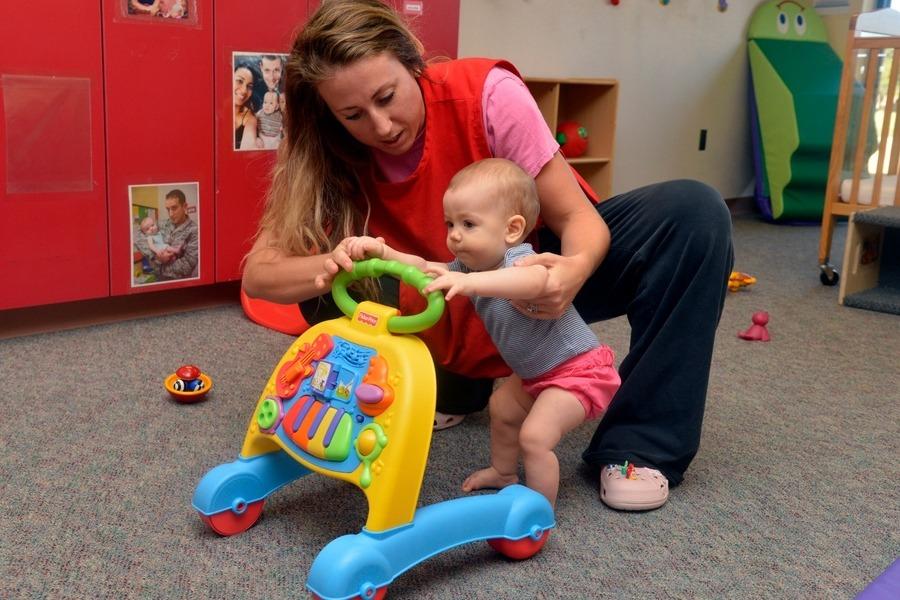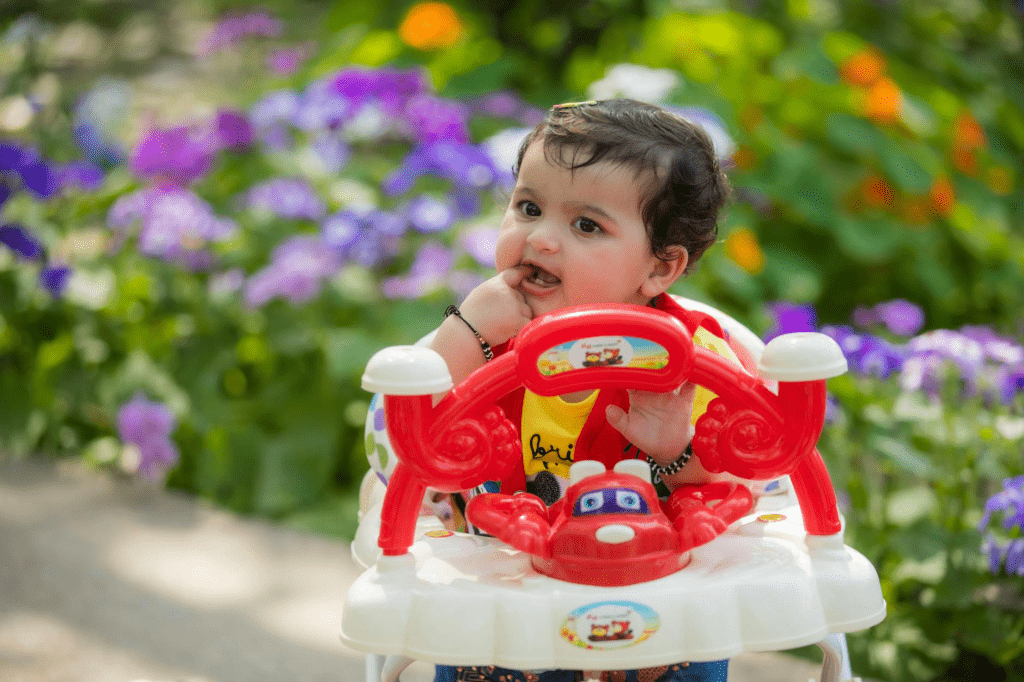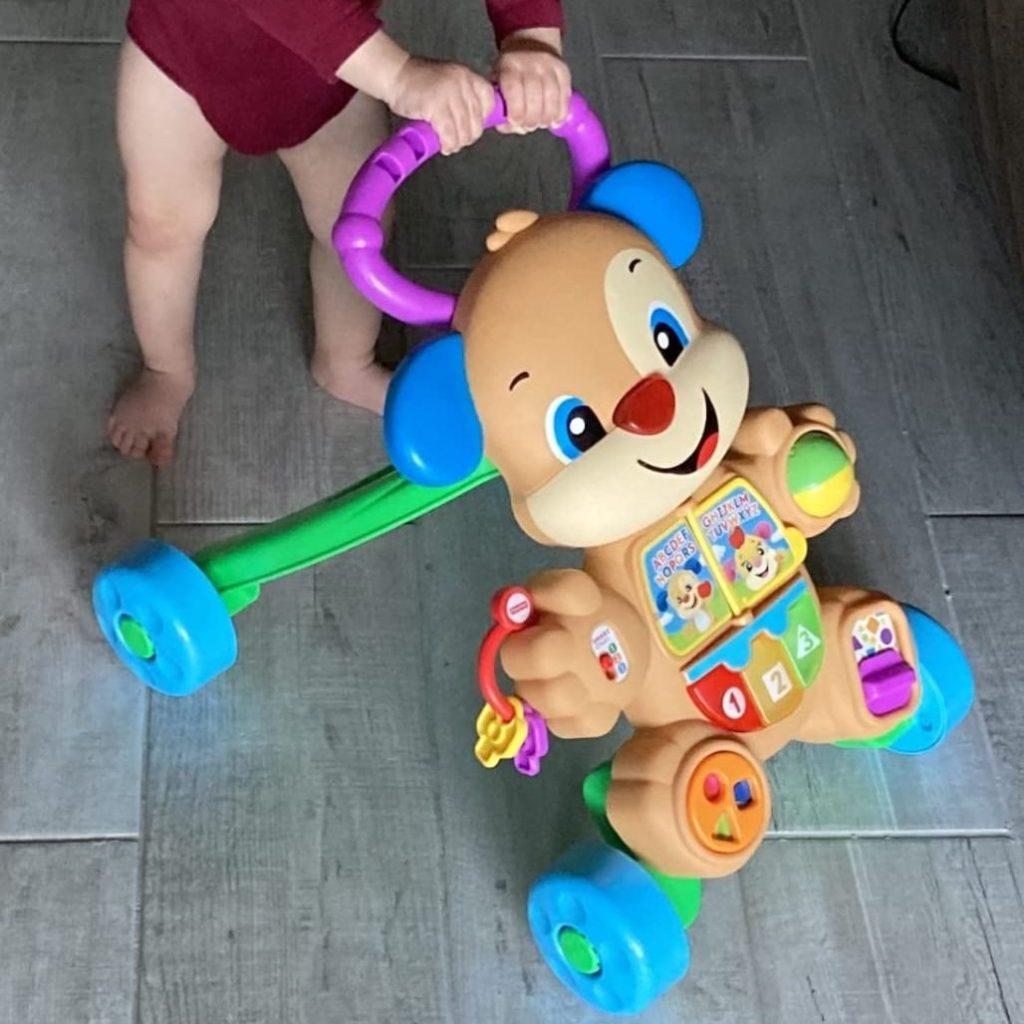
The popularity and use of baby walkers:
Key points:
1. Historic rise in popularity:
Baby walkers gained significant popularity in the mid-20th century and became a common item in households, offering a means for parents to help their children with the act of walking.

2. Cultural and regional variations:
The popularity of baby walkers varies across cultures and regions. In some areas, they are widely accepted as development assistance, while in others, concerns about safety and developmental impacts have led to a decline in their use.
3. Facilities for Parents:
Baby walkers are known for providing parents with a hands-free way to keep their children entertained and active. This facility allows parents to multitask while ensuring their child’s mobility.

4:Fun features:
Modern baby walkers are often equipped with interactive toys, music, and sensory activities. It also helps with movement. It also contributes to the child’s cognitive development.
5. Development Effect Discussion:
The use of baby walkers has been the subject of debate. Even though they provide concerns about possible delays in the development of motor skills, this has led to differing opinions among parents and paediatricians.
6: Safety measures and regulations:
The popularity of baby walkers prompted regulatory bodies to establish safety standards. Manufacturers have responded by implementing safety features such as rubber grips, braking systems, and increased stability.
7: Age and duration of use:
Baby walkers are generally recommended for children aged 4 to 16 months, according to the time when they begin to show interest in walking. However, guidelines often recommend a limited time of use to avoid potential development problems.

8: Global Sales and Market Trends:
The baby walkers market has seen consistent global sales. Trends are moving towards innovative designs that prioritize safety and development benefits.
9: Educational campaigns:
With an increasing emphasis on child development, educational campaigns by paediatricians and child development specialists have influenced parents’ choices as well as the development of their children, which has affected the popularity and responsible use of baby walkers.
In recent years, the popularity of baby walkers has experienced a nuanced shift, reflecting a more cautious and informed approach among parents. While baby walkers were once ubiquitous in households, their popularity has somewhat diminished due to heightened awareness of the safety concerns associated with their use.
Modern parents are more attuned to safety considerations, and this awareness has led to a reevaluation of traditional baby walkers. The potential risks, such as falls and accidents, have prompted many parents to seek alternative solutions for supporting their baby’s development. As a result, stationary activity centres and other devices that provide developmental benefits without the mobility aspect have gained traction.
The AAP, or the American Academy of Pediatrics, has persisted in discouraging the use of traditional baby walkers due to safety concerns, emphasizing the importance of creating a safe environment for infants to learn and explore. This guidance has influenced parental decisions and contributed to a decline in the widespread popularity of conventional baby walkers.
Despite these safety concerns, baby walkers still hold a place in the market. Manufacturers have responded to safety recommendations by incorporating enhanced safety features, such as wheel locks and improved stability. Modern baby walkers often come with adjustable height settings, interactive toys, and a focus on comfort, addressing some of the previous criticisms.
The popularity of baby walkers today is characterized by a more discerning consumer base. Parents are making choices that prioritize both developmental benefits and safety, opting for products that align with contemporary parenting values.
This shift in popularity is not just about safety concerns; it also reflects changing parenting philosophies. Parents today are more inclined to embrace a holistic approach to child development. They seek products that not only aid in motor skill development but also consider the overall well-being of their infants.
Stationary activity centres, for example, have gained favour as they provide a safe and engaging environment for babies to explore and learn without the risks associated with traditional walkers. These alternatives offer interactive features, colourful designs, and educational elements, appealing to parents who prioritize a balanced and comprehensive developmental experience.
Moreover, the advent of online parenting communities and information-sharing platforms has played a significant role in shaping parental choices. Discussions on safety concerns, expert recommendations, and shared experiences contribute to a collective awareness that influences purchasing decisions.
Frequently Asked Questions (FAQs)
Why are baby walkers so popular?
Baby walkers gained popularity in the mid-20th century as a tool to help babies learn to walk, offering parents a hands-free way to help their babies move.Are baby walkers popular around the world?
The popularity of baby walkers varies across cultures and regions. Although some regions accept them as large-scale development assistance, But concerns about safety and development impacts have led to a decline in use in other areas.What facilities do baby walkers provide for parents?
Baby walkers offer parents a hands-free way to entertain and encourage their children while ensuring mobility; it gives parents the opportunity to multitask.Does the modern baby walker have fun features?
Yes, modern baby walkers often come with interactive toys, music, and sensory activities. It helps in both movement and cognitive development.What are the safety measures and regulations for baby walkers?
Regulatory bodies have established safety standards for baby walkers, Which leads to the implementation of features such as rubber grip, braking system and increased stability.Conclusion
The popularity of baby walkers has evolved; it reflects the changing attitudes and safety concerns of parents. Although once ubiquitous, concerns about safety have led to a more cautious approach among modern parents. The market has responded with innovative designs that prioritize safety and development benefits. Alternative products, such as stationary activity centres, have gained attention. They offer parents a safer and more holistic approach to child development. This shift underscores the importance of informed decision-making and reflects a broader trend in parenting practices to prioritize overall well-being.
Back Page